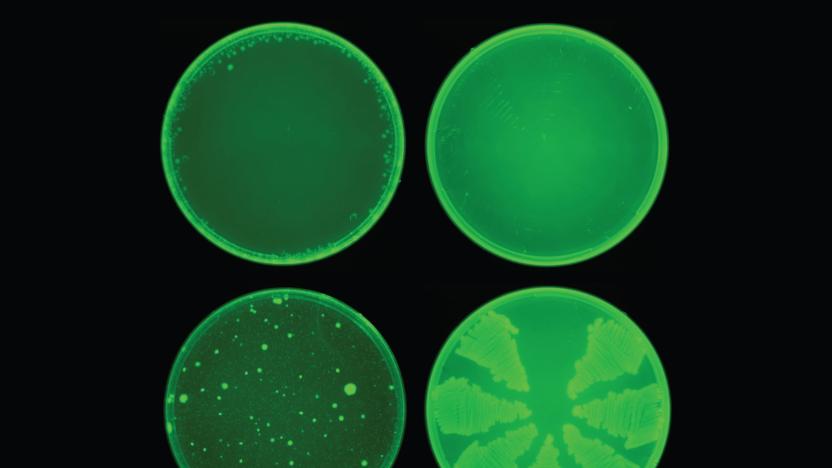antibiotic
Latest

AI discovers antibiotic that kills even highly resistant bacteria
The use of AI to discover medicine appears to be paying off. MIT scientists have revealed that their AI discovered an antibiotic compound, halicin (named after 2001's HAL 9000), that can not only kill many forms of resistant bacteria but do so in a novel way. Where many antibiotics are slight spins on existing medicine, halicin wipes out bacteria by wrecking their ability to maintain the electrochemical gradient necessary to produce energy-storing molecules. That's difficult for bacteria to withstand -- E. coli didn't develop any resistance in 30 days where it fought off the more conventional antibiotic cipofloxacin within three days.

New way to find antibiotics helps fight resistant 'superbugs'
Bacterial infections are hard to fight. It's not just that there are "superbugs" which resist antibiotics, like MRSA -- it's that the methods for finding effective antibiotics aren't very efficient. However, scientists have developed a technique that harnesses environmental bacteria to find antimicrobial weapons much more quickly. Their approach uses a mix of moistened soil, liquid agar (bacterial culture) and diluted bacterial samples to isolate microbes for study while giving them the natural conditions they need to grow. At least in theory, medical researchers no longer have to limit their antibiotic development to bacteria that survive in lab conditions. If it grows in dirt, it's a candidate.

Wireless chip cures your staph infection then dissolves away
As bacteria get more resistant to antibiotics, researchers need to get more creative to clear them out. Researchers from the Tufts University and UIUC have definitely done that with a chip implant that can kill a localized staph infection with heat, then dissolve away. It consists of a silk substrate with a magnesium heating element that's activated by a wireless transmitter, raising the temperature enough to kill surrounding bacteria. The treatment time can be controlled for different applications, and the whole thing is reabsorbed into your body in a couple of weeks.

